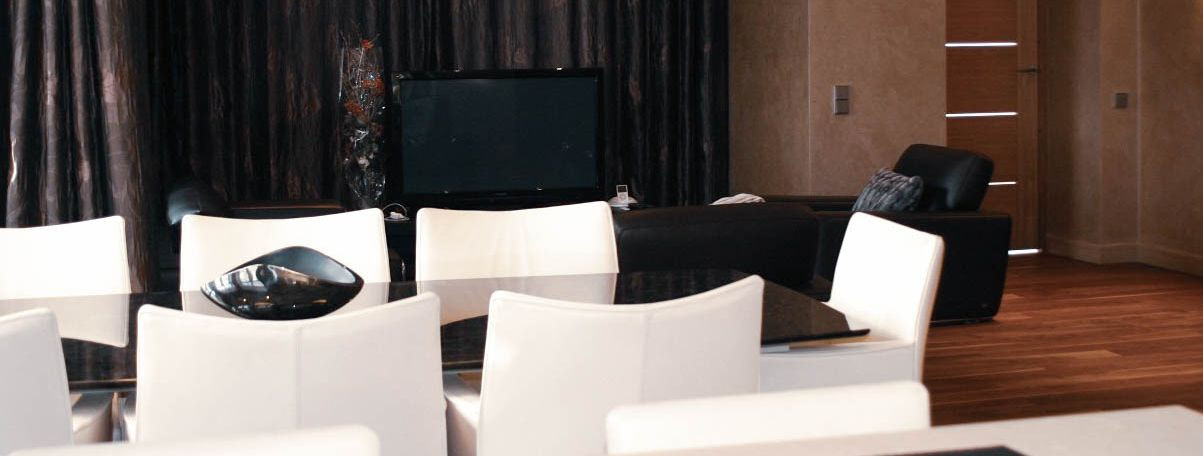5 trends shaping the future of interior architecture
The realm of interior architecture is constantly evolving, driven by innovation, cultural shifts, and a growing awareness of global issues. As we look towards the future, several key trends are emerging that promise to reshape the way we think about and inhabit interior spaces. For those seeking to stay ahead of the curve in luxury residential design, cutting-edge office spaces, or unique hospitality environments, understanding these trends is essential.
1. Sustainable and Eco-Friendly Design
Interior architecture is increasingly focusing on the use of sustainable materials that reduce environmental impact. From reclaimed wood to recycled metals and biodegradable fabrics, the choice of materials is becoming a statement of both style and stewardship.
Energy-efficient design is no longer optional but a standard as clients demand spaces that minimize energy consumption. This includes the integration of renewable energy sources like solar panels and the use of smart systems for heating, cooling, and lighting.
Biophilic design, which incorporates natural elements into the built environment, is gaining traction. It not only reduces stress and improves well-being but also strengthens the connection between nature and urban living.
2. Technological Integration
The rise of smart homes and the Internet of Things (IoT) is revolutionizing interior architecture. Automated systems for climate control, security, and entertainment are becoming standard in luxury spaces.
Virtual and augmented reality technologies are transforming the design process, allowing clients to visualize and customize their spaces in ways never before possible.
3D printing and CNC milling are just the beginning of advanced fabrication techniques that are changing the landscape of interior design, allowing for unprecedented customization and precision.
3. Health and Well-being Focus
Interior architecture is increasingly addressing mental health by creating spaces that are calming, restorative, and conducive to well-being.
Design that encourages movement and proper ergonomics is becoming a priority, particularly in office environments where sedentary lifestyles are a concern.
The focus on indoor air quality and natural light is intensifying, with designs that maximize airflow and daylight to create healthier environments.
4. Flexible and Multifunctional Spaces
Adaptive reuse of spaces is a growing trend, reflecting a need for flexibility in interior architecture. This approach gives new life to old buildings and caters to the modern lifestyle.
Modular design and transformable furnishings are key in creating spaces that can easily adapt to different uses, reflecting the dynamic nature of contemporary life.
The line between residential and commercial spaces is blurring, with designs that accommodate both living and working in a cohesive environment.
5. Cultural and Artistic Expression
Interior architecture is becoming a medium for personal expression and storytelling, with clients seeking spaces that reflect their unique identity and narrative.
Designs that incorporate local cultural elements while embracing global trends are creating spaces that are both rooted in tradition and at the forefront of innovation.
The design of collaborative spaces that foster community engagement is on the rise, reflecting a broader shift towards inclusivity and social interaction in interior architecture.






Comments (0)